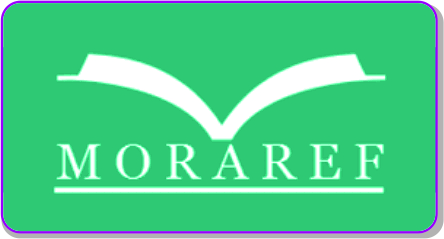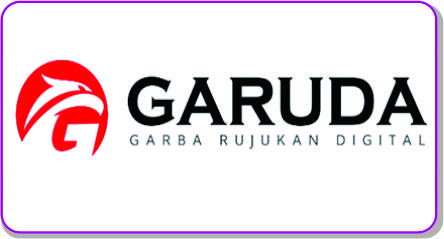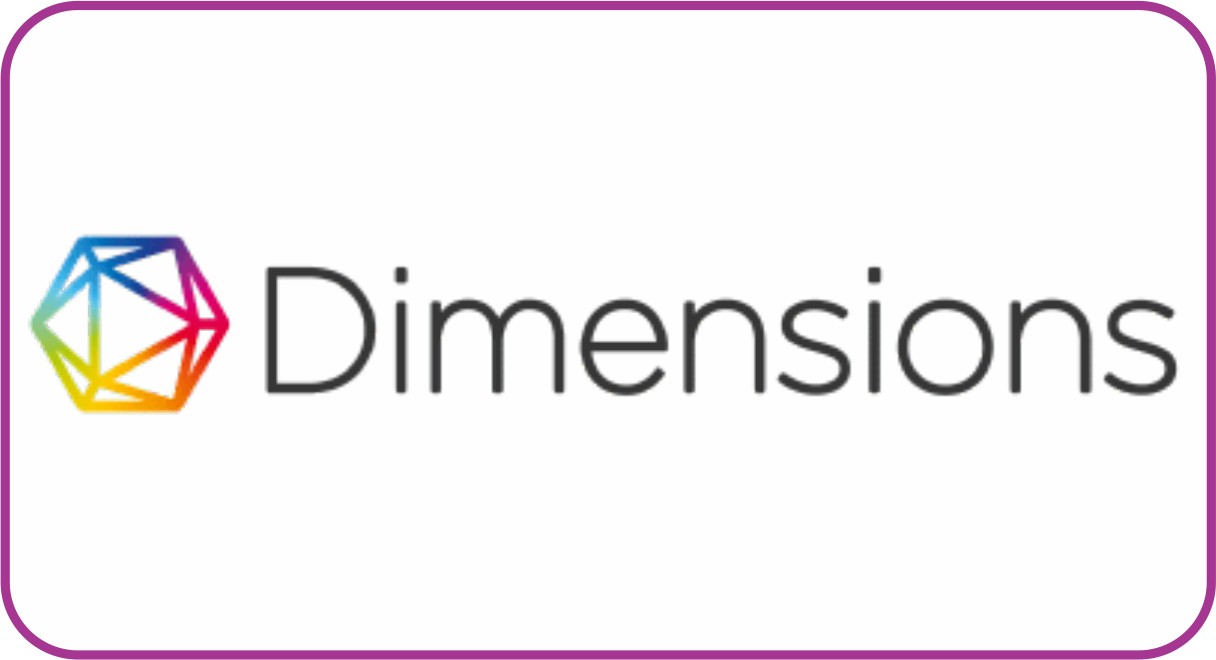The Study of Speech Acts in Online Discussion Study of ELT Classroom
Authors :
Abstract
This present study deals with the classification of speech acts produced by the students in an online discussion study of English department students at State University of Padang, Indonesia. This study is carried out by using a qualitative approach that describes the use of students’ speech acts in the interaction of student-student, and student-lecture. 24 students engaged in the discussion study and participated as the source of the data. The instrument used by the researcher to collect the data was an observation sheet supported by video recording. The recording of the video was transcribed into a text which to examined by the researcher of their speech acts. The research findings show that there were assertive, directives, expressive, and commissives performed by English department students. The most frequent speech acts performed by the students were assertive with a total of 7 utterances, directive with a total of 9 utterances, and commissive with a total 0f 10 utterances. Assertive speech acts were performed to demonstrate the material of the discussion by the presenter and used to deliver the idea toward the discussion study by the other participants. Directive speech acts were produced to ask the question, request for answer the question, suggestion, command, and invite in the discussion. Last, expressive speech acts presently as the most dominant speech acts in the discussion study including the word thanking, appreciating, agreeing, praising, and apologizing.
Penelitian ini membahas tentang klasifikasi tindak tutur yang dihasilkan oleh mahasiswa dalam studi diskusi online di Jurusan Bahasa Inggris di Universitas Negeri Padang, Indonesia. Penelitian ini dilakukan dengan menggunakan pendekatan kualitatif yang menggambarkan penggunaan tindak tutur mahasiswa dalam interaksi mahasiswa ke mahasiswa, dan mahasiswa ke dosen. Terdapat dua puluh empat mahasiswa yang terlibat dalam diskusi yang berpartisipasi sebagai sumber data. Insturmen yang digunakan peneliti adalah lembar observasi yang didukung oleh rekaman video. Rekaman video lalu ditranskip kedalam teks yang nantinya akan diuji oleh peneliti terkain tindak tutur yang dihasilkan siswa. Temuan penelitian menunjukkan bahwa terdaoat empat jenis tindak tutur yang dilakukan oleh siswa pendidianbahasa Inggris, yaitu asertif, direktif, ekspresif dan komisif, sedangkan tindak tutur deklaratif tidak digunakan oleh siswa. Tindak tutur yang paling sering dilakukan oleh siswa adalah tindak tutur asertif dengan total 7 ucapan, direktif dengan total 9 ucapan, dan komisif dengan total 10 ucapan. Tindak tutur asertif dilakukan untuk mendemonstrasikan materi diskusi oleh penyaji dan digunakan untuk menyampaikan gagasan terhadap kajian diskusi oleh peserta lain. Tindak tutur direktif diproduksi untuk mengajukan pertanyaan, meminta jawaban atas pertanyaan, saran, perintah dan mengajak dalam diskusi. Terakhir, tindak tutur ekspresif hadir sebagai tindak tutur yang paling dominan dalam kajian diskusi meliputi kata berterima kasih, menghargai, menyetujui, memuji, dan meminta maaf.
Keywords
Full Text:
Sarah MadinaReferences
Andewi, W., & Waziana, W. (2019). An Analysis of Teacher’s Speech Acts in Teaching and Learning Process. 17(1), 29–34.
Chapman, S. (2011). Pragmatics. Palgrave Macmillan.
Cruse, A. (2011). Meaning in language: an introduction to Semantics and Pragmatics. Oxford University Press.
Crystal, D. (2008). A dictionary of linguistics and phonetics. In The Modern Language Journal (Vol. 76, Issue 3). Blackwell.
Hidayat, A. (2016). Speech Acts : Force Behind Words. 9(1), 1–12.
Horn, Laurence R., & Ward, G. (2004). No Title. Blackwell Publishing Ltd.
Hornby, Albert Sidney. (1995). Oxford Advanced Learner’s Dictionary of Current English (5th Edition). Oxford University Press.
Huang, Y. (2007). Pragmatics. Oxford University Press.
Levinson, Stephen c. (1983). Pragmatics. In Management and Labour Studies (Vol. 34, Issue 2). Cambridge University Press.
Mey, Jacob c. (1994). Pragmatics. Blackwell.
Rahmayani, fitria herliana, & Dwiyuliana, R. (2018). An analysis of speech acts performed in the United States of Barrack Obama’s speech election 2009. Professional Journal of English Education, 01(03), 241–248.
Renkema, J. (1993). Discourse studies: an introduction textbook. John Benjamin Publishing Company.
Richards, J. C., & Schmidt, R. (2010). Longman Dictionary of language teaching and applied linguistics. Pearson.
Santosa, A. W., Fauziati, E., Supriyadi, S., & Maret, U. S. (2021). Speech act analysis of teacher talk in EFL classroom. Proceedings International Conference on Education of Suryakencana, 230–237.
Septiani, W. E. (2020). Types of speech acts performed by an English lecturer in STKIP. STKIP PGRI Sidoarjo.
Yule, G. (1996). Pragmatics. Oxford University Press.
Zulianti, H. (2018). Speech acts on Efl learners’ teaching performance and its implication in teaching and learning activity. Jurnal Smart, 4(2), 93–106.
Zulianti, H., & Febriyanti, F. 2018). Assertive utterance used in readers’ forum on Jakarta post newspaper. Jurnal Smart, 4(1).
DOI: http://dx.doi.org/10.30983/mj.v2i1.5597
Refbacks
- There are currently no refbacks.
Copyright (c) 2022 Sarah Madina

This work is licensed under a Creative Commons Attribution-ShareAlike 4.0 International License.






